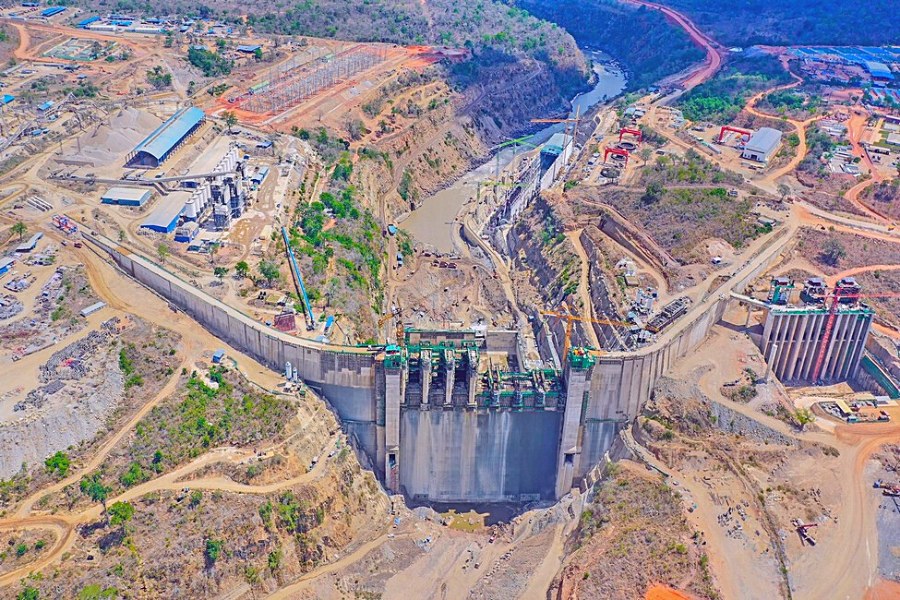Tanzania Switches on First Turbine Julius Nyerere Hydropower Plant

Last month, Tanzania switched on the first turbine of the 2115MW Julius Nyerere Hydropower Plant. The turbine (no. 9) has a capacity of 235MW and has been supplying energy to the country’s grid. The plant is located near the Stigler's Gorge Area, on the Rufiji River, about 230 km southwest of the capital Dar es Salaam.
In a Reuters report, Doto Biteko, energy minister and deputy prime minister, while visiting the plant last month, stated that the turbine will reduce power rationing for now. He added that the second of the plant’s nine turbines—to be added in March—will end the rationing.
The project is being developed by an Egyptian joint venture comprising the Arab Contractors and Elsewedy Electric. Arab Contractors would perform the civil engineering works while El Sewedy Electric would install the electrical and mechanical equipment including the turbines, generators and transmission lines. The project consists of a dam with a total length of 1025m which can impound about 34 billion cubic metres of water, and a hydropower plant with a capacity of 2115MW among others.
Construction of the project commenced in 2019 following the signing of the contract agreement by the JV in December 2018. Last month, the EPC contractors stated that the project was 96% complete as the main dam works, the intake works, water tunnels, the 400kVa electricity distribution and connection station, and 4 subsidiary dams to form the water reservoir, the installation of 27 transformers, towers, and connection lines between the turbine building station and the interconnection station have all been completed. Other aspects of the construction are at various stages of completion, including the permanent road which has reached 80%, and the hydropower station at 88.44%.
According to the developers, the project is estimated to cost $2.9 billion and is being financed by the Tanzanian government. In 2018, Elsewedy secured a loan of $500 million from the African Export-Import Bank, with guarantees from the United Bank for Africa and CRDB Bank. In 2023, the Tanzanian government budgeted $585.9 million for the completion of the project.
The project has however faced opposition from conservationists as it is located on a U.N.-designated World Heritage Site. Environmentalists feared that the project could affect wildlife and disrupt their downstream habitats.
When fully completed the plant will generate 6307 MW/hour annually, enough to power 17 million Tanzanian households. The dam will also serve as flood control, storing about 34 billion cubic metres of water in a new lake to improve irrigation.
Energy & Utilities - Middle East and Africa Market Outlook Report 2024.
This must-have report for industry players offers a thorough understanding of the latest developments, challenges, and opportunities in the region, supported by data, analysis, and expert insights.








